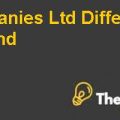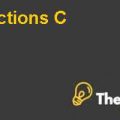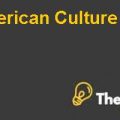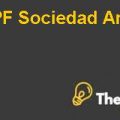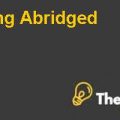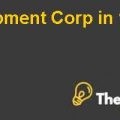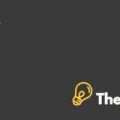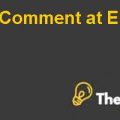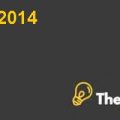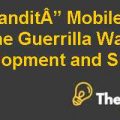
Acting as a guide, the students determine the effect of different degrees of leverage and to review existing instruments of the company in light of the risk of industry and company goals.
This Darden study. "Hide
by Robert F. Bruner, Casey Opitz C. Source: Darden School of Business 20 pages. Publication Date: March 28, 1991. Prod. #: UV0241-PDF-ENG
TONKA CORPORATION (TC) – Executive Summary
Risk and issues:
The business risks TC is facing are based on the volatility of its sales which is a general issue prevalent in the toy industry due to the short life span of most of its products. It heavily rely on its truck toys sales and hence it is basically faced with concentration of risk and non-diversification of sales portfolio. Simultaneously, its weak position in the international markets is making it a target of high risk due to concentration of geographical sales in US market. A financial issue TC is facing currently is its efforts to stabilise a proper mix of capital structure. Liquidity of company is high (current ratio being more than 2.5 in 1986) and debt level being very low (debt 14.3% and capital 85.7% in 1986) which suggests a need to adjust the leverage balance of its capital.
Inspite of the risks, when compared with the comparable companies, Tonka’s results over last few years have demonstrated effective results, which can be well observed in table B.
Asset and Sales mix:
The asset mix for TC is the variance / diversification of its assets base and liquidity. Assets are assigned to one of the core asset classes: investments (in stocks, equities, bonds, fixed income), cash and real estate (fixed assets). Other categories that are sometimes considered asset classes are commodities, international investments, hedge funds and limited partnership interests. Similarly, the relative amounts of each products TC sells is TC’s sales mix. Sales mix should be stronger, diversified and more predictable / reliable (non-volatile) base of TC’s revenue which should contribute to increased profitability. These are determined to verify ability of TC’s assets and sales to cover leverage / debt cost and repayment of principle outstanding.
The more stronger and diversified TC’s asset and sales base is, the more better would it be in position to settle its debt cost and principle obligations. Similarly, the security required for debt is actually based on company’s assets and hence they should be strong enough to support the debt. Asset base of TC is quite stronger with current ratio being more than two which shows excess liquidity, which allows debt repayment and servicing costs. However, TC’s sales mix is geographically concentrated on US market while international markets bring only a small share of its total revenue, so TC needs to diversify in this aspect and grow its revenue streams in the international market by strengthening more in the existing European and Australian markets while exploring and entering new developed and developing markets of Far East Asia and middle east and Gulf countries (oil rich countries). Similarly, the products line is also not stable. Truck toys being the major support to its revenue, rest of the products, including newly introduced, are usually shortly lived and major support is again then needed from TC’s truck toys line. Several Stable product lines along with new ideas are needed to remove the volatility in the revenue and hence allow TC to be comfortable in respect of its debt repayment and servicing cost.
Debt Level:
With the changes in debt level from the actual debt level of 14.3% to three assumed debt levels of 20%, 40% and 60%, it is observed in table A, that there are more positive changes occurred due to increased level of debt than the negative impacts which includes the obvious figures of increased interest expense and decreased profit due to high interest. However, the percentage of return over total capital (debt plus equity) is decreasing with high leverage but return over equity shows healthy sign which is the main concern of an investor. At 60% level of debt, highest return over equity is achieved and it is an acceptable benchmark in the corporate world to possess 60% leverage. These returns are then compared with the WACC (Weighted average cost of capital) calculated at each level of debt and again it is confirmed that the highest return (over equity) above the WACC is under 60% leverage...
This is just a sample partial case solution. Please place the order on the website to order your own originally done case solution.

